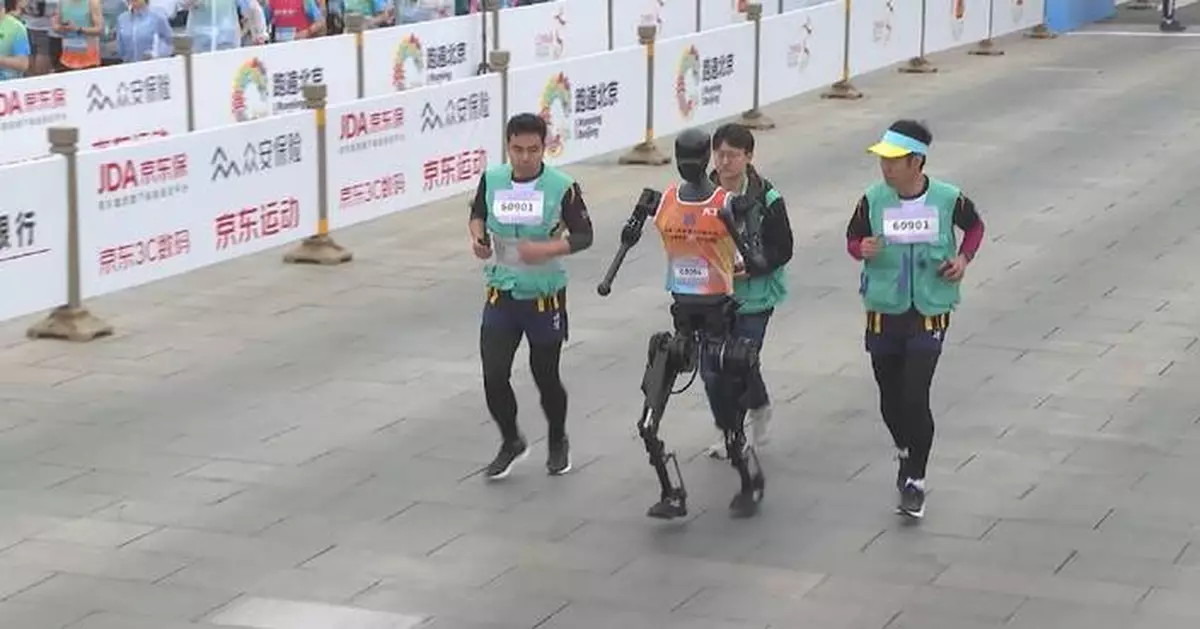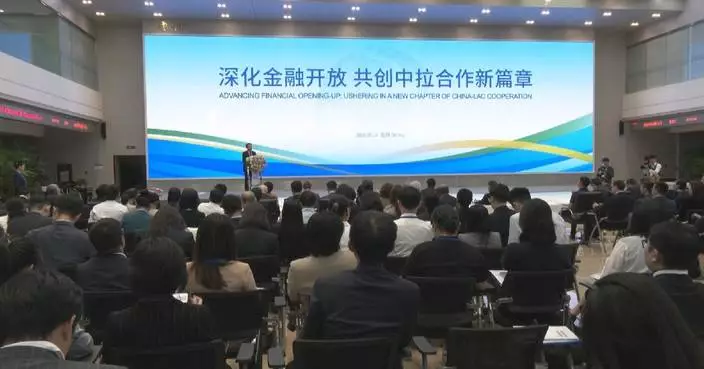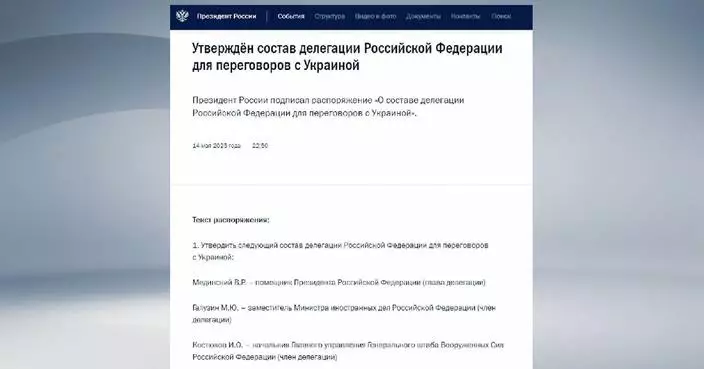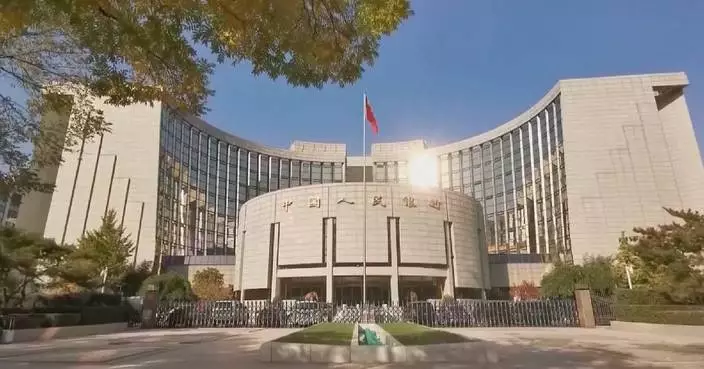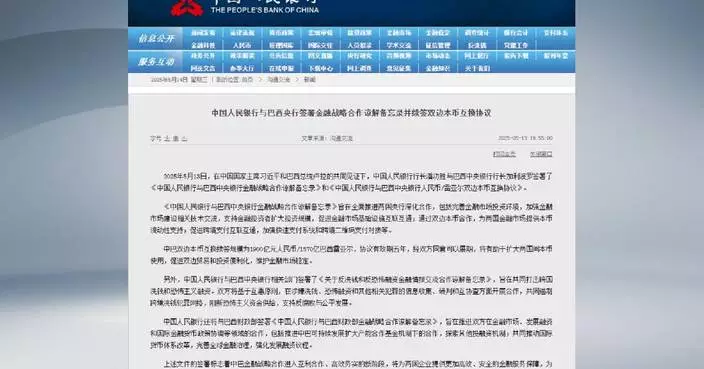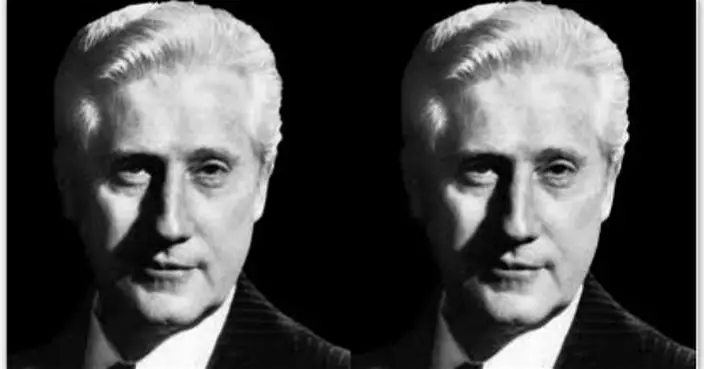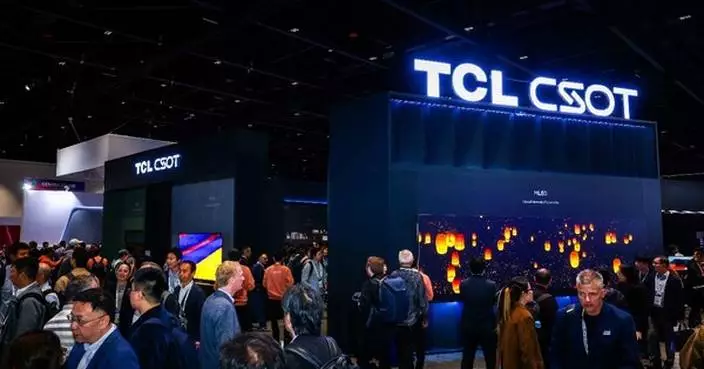The world's first humanoid robot half-marathon was held on Saturday in Beijing, with the "Tiangong Ultra" humanoid robot developed by the Beijing Humanoid Robot Innovation Center claiming the championship by completing the 21.0975-kilometer race in 2 hours, 40 minutes and 42 seconds.
The second and third places for the humanoid half-marathon were taken by robotic participants from Beijing's Noetix Robotics.
Click to Gallery
"Tiangong Ultra" robot wins world's first humanoid half-marathon
"Tiangong Ultra" robot wins world's first humanoid half-marathon
"Tiangong Ultra" robot wins world's first humanoid half-marathon
"Tiangong Ultra" robot wins world's first humanoid half-marathon
"Tiangong Ultra" robot wins world's first humanoid half-marathon
Following the system of Formula One Championship, the race set up refreshment stations for robots' battery changing.
The 21-km route featured different terrains including ramps and rails instead of all flat stretches, posing challenge to the humanoid robots' mobility and flexibility.
A total of 20 humanoid robots from teams nationwide participated in the competition.
Some of them took large strides forwards, while some were running with small steps. There were also accidents, such as falling down and insufficient battery life. However, all these scenarios were able to test robots' abilities under complex circumstances.
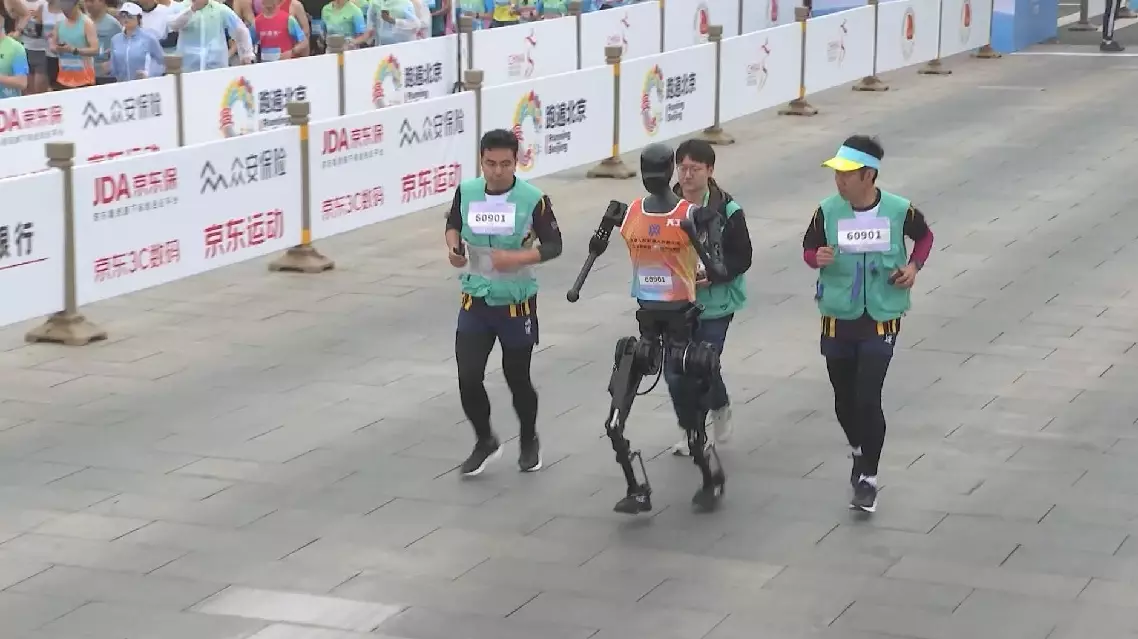
"Tiangong Ultra" robot wins world's first humanoid half-marathon
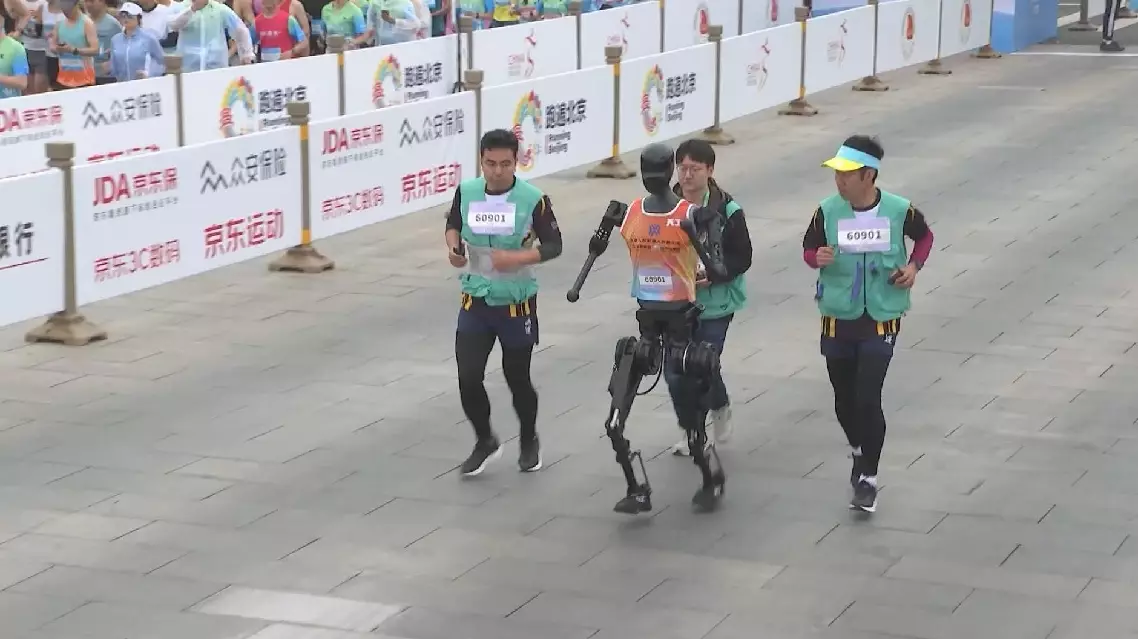
"Tiangong Ultra" robot wins world's first humanoid half-marathon
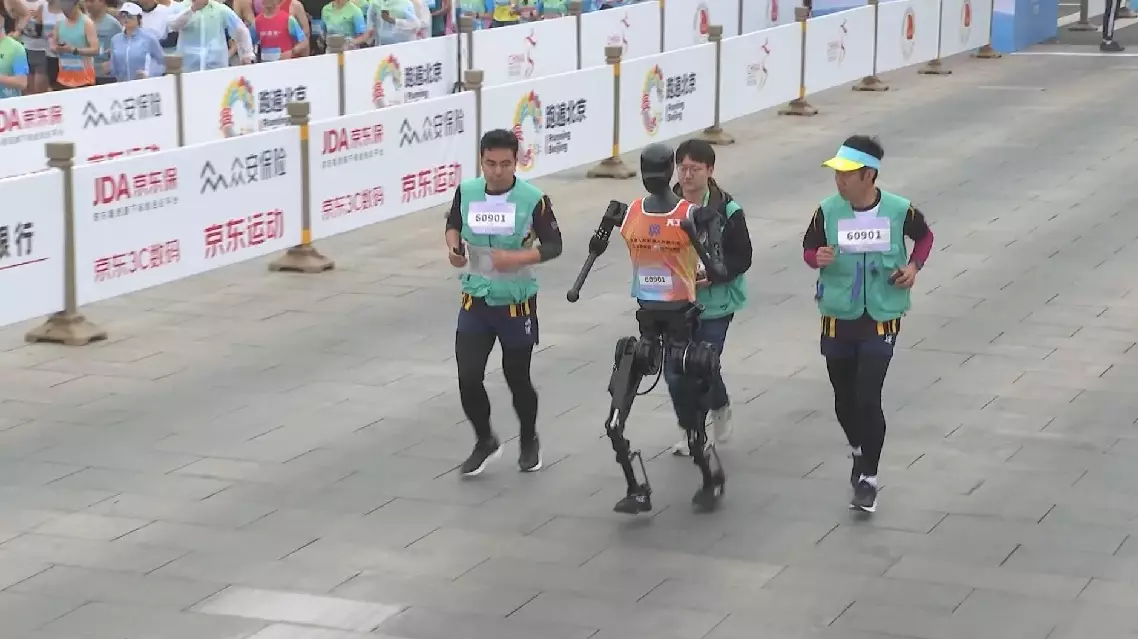
"Tiangong Ultra" robot wins world's first humanoid half-marathon
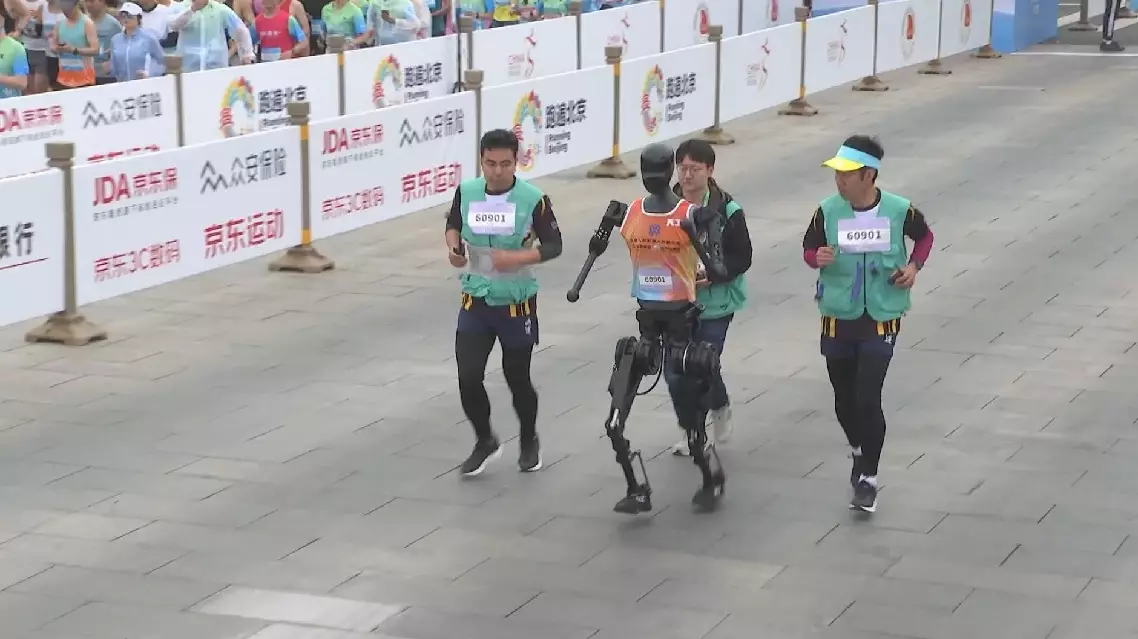
"Tiangong Ultra" robot wins world's first humanoid half-marathon
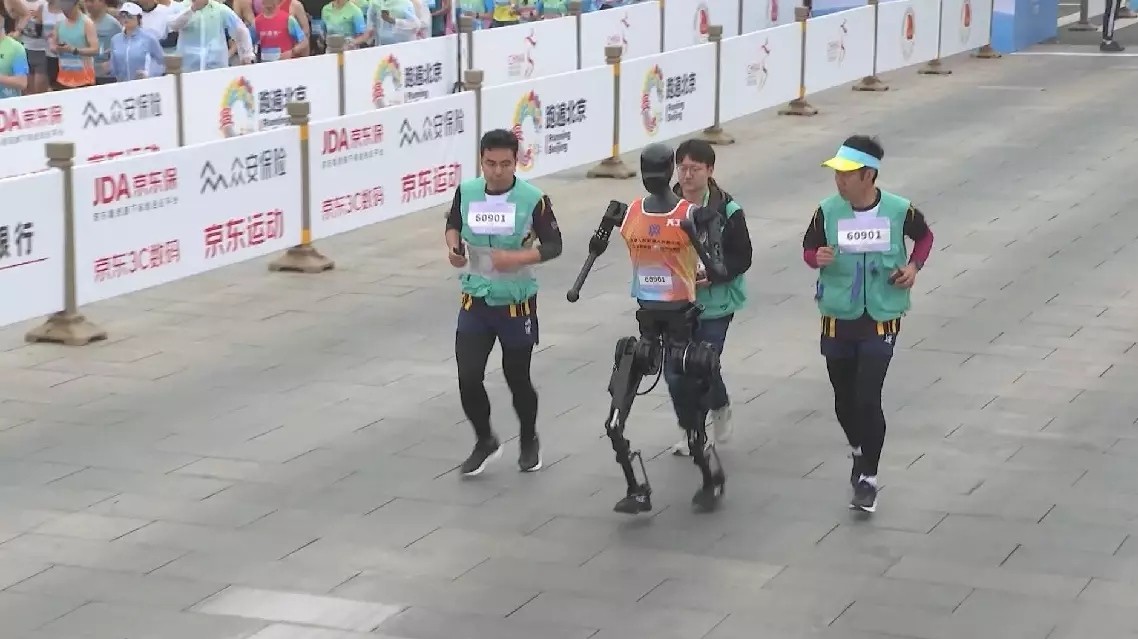
"Tiangong Ultra" robot wins world's first humanoid half-marathon
China recorded a relatively fast credit growth in the first four months of this year, providing solid support for the country's real economy, economists said.
China issued 10.06 trillion yuan (about 1.39 trillion U.S. dollars) in new yuan-denominated loans in the first four months of 2025, data from the People's Bank of China, the central bank, showed on Wednesday.
"The reasonable growth of new loans fully meets the effective financing needs of the real economy from equipment renewal in manufacturing to capital turnover in the service industry, and stimulates the vitality and creativity of market entities," said Lu Zhe, chief economist of Soochow Securities Co., Ltd.
Dong Ximiao, chief researcher of the Merchants Union Consumer Finance Co., Ltd, has also noted that at the end of April, the growth rate of yuan-denominated loans was still significantly higher than the nominal economic growth rate.
"In the fourth quarter of last year, the issuance of special refinancing bonds for debt repayment exceeded 2 trillion yuan. From January to April of this year, nearly 1.6 trillion yuan worth of such bonds were issued. Market research estimates that the corresponding loans to be replaced amount to about 2.1 trillion yuan. After adjustment, the growth rate of yuan-dominated loans remained above 8 percent at the end of April. It is expected that the growth of the financial aggregate will remain stable in the next stage," Dong said.
Meanwhile, financing costs remained at historically low levels. Data showed that the weighted average interest rate on new corporate loans issued in April was around 3.2 percent, about 4 basis points lower than that in the previous month, and the weighted average interest rate on new personal housing loans stood at about 3.1 percent.
"The steady growth of financial data in April indicates that the 'moderately loose' monetary policy has continued to show its effectiveness. The growth in both quantity and quality of loans, the reasonable increase in money supply, plus abundant liquidity, demonstrate the strong support of the financial system for the real economy," said Lu.
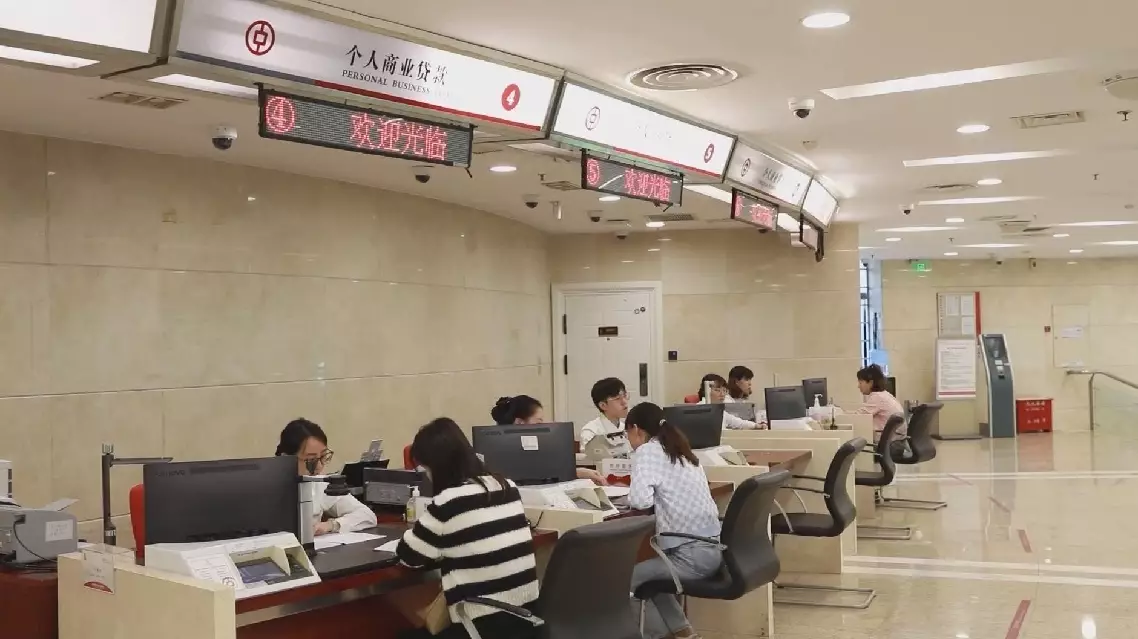
China's relatively fast credit growth provides solid support for real economy







